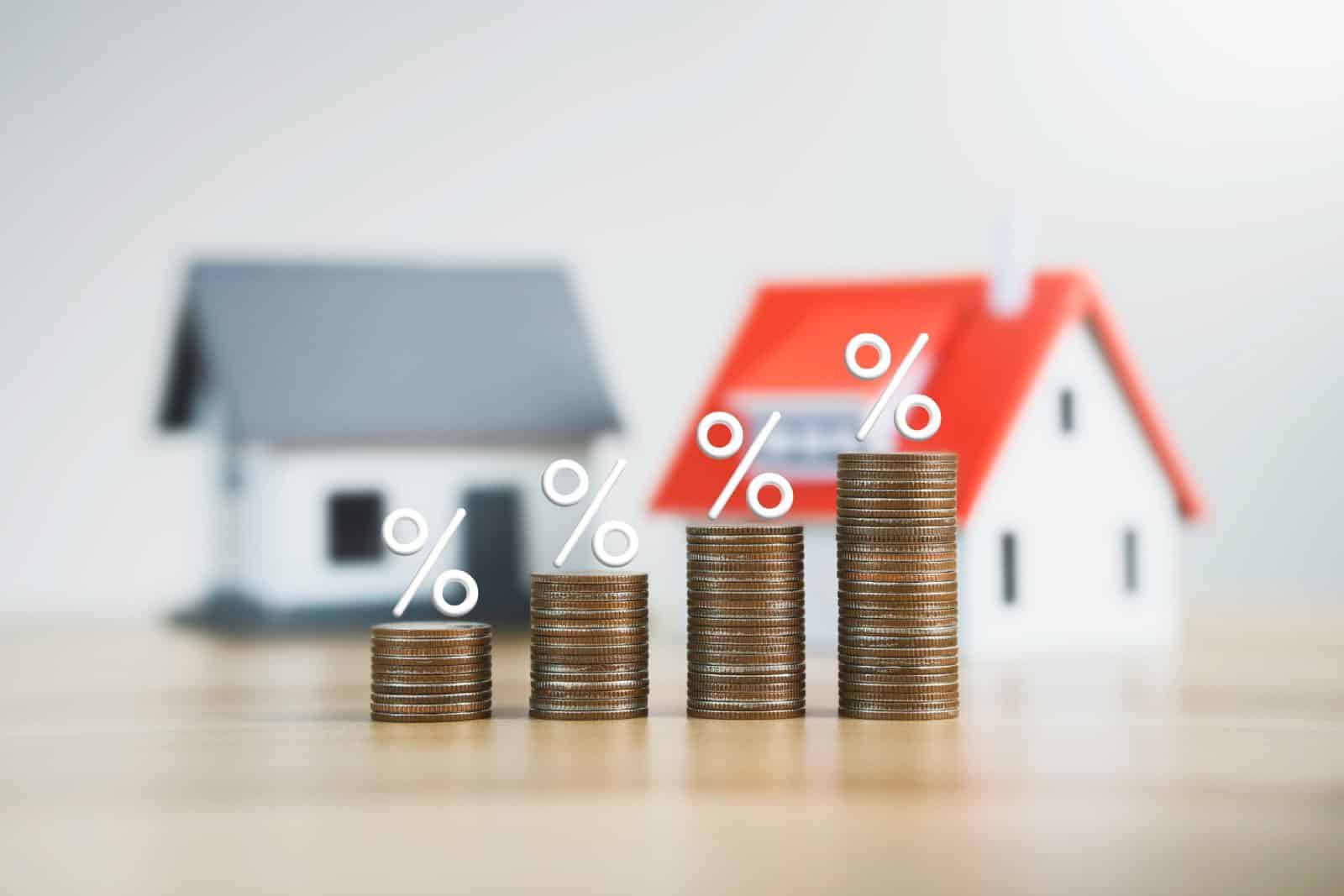Reaching New Heights

Mortgage rates are reaching heights that have not been seen in recent years, pricing out many would-be homebuyers.
In an already difficult market with low inventory and quickly rising home prices, the average American may be moving further away from homeownership.
Rates Have More Than Doubled In Two Years

According to Freddie Mac, a 30-year fixed mortgage rate this week is 7.79%. Just two years ago, rates were closer to 3%, and the market was booming.
Now, refinances and new purchases are becoming pipe dreams for millions of people.
Few Homes for Sale as Rates Climb

Inventory remains low as current homeowners do not want to deal with selling their home with a great interest rate just to have to purchase a new one at a painfully higher rate.
Inflation Plays a Part

Property taxes, insurance rates, and home prices have all continued to rise as well, as a result of inflation.
But interest rates make up the most significant portion of many mortgage payments, so new mortgages have average total payments that are up by hundreds of dollars.
Average Mortgage Payment Higher Than Last Year

The Mortgage Bankers Association says that the median mortgage payment in the United States has gone up by 11% in the past year.
Homeowners Are Staying Put

Existing home sales have continued to decline as sellers cannot afford to move to a home with a higher mortgage payment.
The Experts Weigh In

Sam Khater, chief economist at Freddie Mac, weighed in on the issue.
“Affordability Remains a Significant Hurdle”

“Purchase activity has slowed to a virtual standstill, affordability remains a significant hurdle for many and the only way to address it is lower rates and greater inventory,” he said.
Mortgage Applications Lowest In 30 Years

Mortgage companies are seeing a decline in applications.
The Mortgage Bankers Association confirmed that it is a national issue: the average number of new applications has not been this low in nearly thirty years.
New Construction Homes Come In First

In a surprising development, new home sales have grown despite the rising mortgage rates.
Since existing residences are few and far between on the market, prospective buyers have fewer options than before.
Builders Can Offer Incentives

Not only are new builds some of the only homes available on the market, but builders are incentivizing buyers with assistance lowering their interest rates.
Attractive Offers “Funnel Demand Into the Newly-Built Segment”

“Homebuilders are offering buyers interest rate buydown incentives that funnel demand into the newly-built segment.”
Chief economist at Comerica Bill Adams said builders are also building smaller homes, making them more cost-effective to build and to buy.
How 10-Year Treasury Yields Impact Rates

10-year Treasury yields are increasing quickly, which is part of the reason for higher mortgage rates.
Lenders use these yields as a guide when setting rates for 30-year mortgages.
Household Incomes Can’t Keep Up

The United States Department of Housing and Urban Development (HUD) says that median household income in the country is $96,300.
This means current mortgage payments weigh heavily on the debt-to-income ratio of the average American family.
Affordability Is Worse Than Ever

Home affordability is at its worst in a generation. Odeta Kushi from First American says the impact of rising mortgage rates is twofold.
“You Can’t Buy What’s Not for Sale”

“Higher mortgage rates have a dual impact on the housing market: reducing affordability for buyers and strengthening the rate lock-in for sellers,” she said.
“You can’t buy what’s not for sale, even if you can afford it.”
The Light at the End of the Tunnel

Experts hope that mortgage rates will not go much higher than eight percent.
“I think they’ll touch the eight percent level, and then they’ll come back down,” said Vishal Garg, Better.com CEO.
The post Homeownership Hopes Crushed Due to Climbing Mortgage Rates first appeared on Career Step Up.
Featured Image Credit: Shutterstock / Motortion Films.
The content of this article is for informational purposes only and does not constitute or replace professional financial advice.

